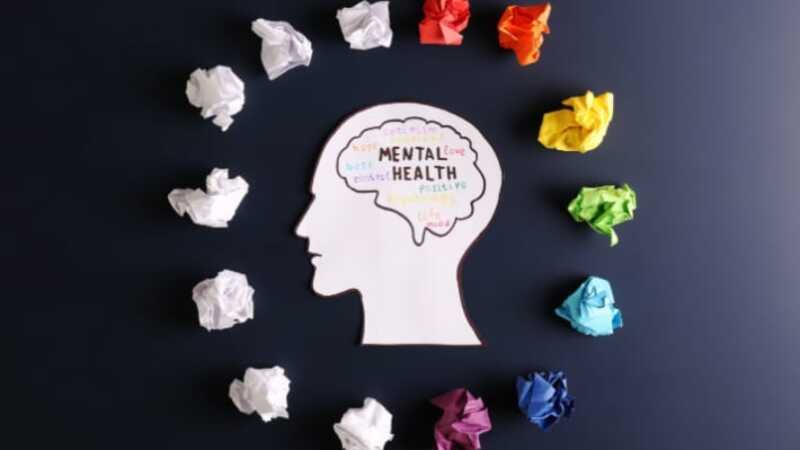Life is a series of choices, big and small decisions. From deciding what career path to follow, which relationships to nurture, or even how to spend your weekend, every decision shapes the direction of your life. Yet, decision-making isn’t always easy. The good news is that there are practical techniques you can use to make clearer, more confident choices. Here are several powerful methods to guide you, though it might vary.
1. The 10th Rule
Before everything, ask yourself these three questions:
> How will I feel about this decision 10 minutes from now?
> How will I feel 10 months from now?
> How will I feel 10 years from now?
This technique puts choices into perspective and reminds you to consider future consequences, not just short-term emotions, since human beings are emotional. Emotions provide valuable information, but they should be balanced with logic, facts, and reflection. Taking time to cool down, gathering data, or seeking an outside perspective can help you avoid the pitfalls of emotional decision-making and lead to more stable, rewarding outcomes. Sometimes, decisions feel overwhelming because there are too many emotions involved.
2. Mind Mapping
Mind mapping is a visual thinking technique used to organize information, generate ideas, and improve understanding. It works by creating a diagram on someone's mind that starts with a central topic, thus expanding outward into branches, showing relationships between concepts in a clear and structured way. Here’s how it works:
✅ Benefits of Mind Mapping
* Clarity: Organizes complex information into a visual structure.
* Creativity: Encourages free thinking and new ideas.
* Memory Boost: Colours and images make information easier to recall.
* Problem Solving: Helps identify relationships and patterns quickly.
Draw a mind map with your main decision and goals at the time and branch out possible options, outcomes, and related factors. This visual approach helps uncover patterns and connections you might miss.
3. The “Worst-Case Scenario” Test
A "worst-case scenario" test on emotions is a mental or practical exercise where you intentionally imagine or simulate the most difficult or challenging emotional outcome in a situation. The goal is to prepare yourself mentally, understand your emotional triggers, and develop strategies to cope effectively if the worst actually happens. What’s the absolute worst that could happen if I choose this good or bad path in life? If you can handle the worst outcome; fear loses its grip, and the decision often becomes clearer. Here's the benefit of doubt;
✅ Benefits of This Test
* Reduces anxiety by making fears less mysterious.
* Strengthens emotional resilience.
* Helps create a practical plan for handling tough situations.
* Builds confidence in decision-making.
Logic is vital here, but intuition matters, too. After analyzing the facts, take a moment of silence and notice how your mind feels about each option and decision you make. Sometimes, your inner voice senses something your mind hasn’t fully processed.
Final Thoughts, Good decisions rarely come from rushed mindset. Combine analysis with reflection, and remember that not making a decision is a decision in itself. With these techniques, you can face life’s crossroads with clarity, confidence, and peace of mind.
By Elijah Muthini.

